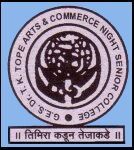TYBA-Sem-6-Paper-6-Determinants-of-Politics-of-Maharashtra-summary-April-2022
अनुक्रमणिका
Module 1
Political Economy of Maharashtra – महाराष्ट्राचे राजकीय अर्थकारण
Business and Politics – उद्योग आणि राजकारण
Politics of Cooperatives – सहकारी संस्थांचे राजकारण
Land issues: Urban and Rural – जमीनीचे प्रश्न – शहरी आणि ग्रामीण
Module 2
Political Parties – राजकीय पक्ष
Indian National Congress (I), Nationalist Congress Party and Bharatiya Janata Party – भारतीय राष्ट्रीय काँग्रेस (आय), राष्ट्रवादी काँग्रेस, भारतीय जनता पक्ष
Republican Party of India, Peasants and Workers Party, Shiv Sena and Maharashtra Nav Nirman Sena – रिपब्लीकन पार्टी ऑफ इंडीया, शेतकरी कामगार पक्ष, शिवसेना आणि महाराष्ट्र नवनिर्माण सेना
Coalition Politics – आघाड्यांचे राजकारण
Module 3
Contemporary issues and movements – समकालीन प्रश्न आणि चळवळी
Tribal issues – आदिवासींचे प्रश्न
Farmers movements and agitations – शेतकऱ्यांच्या चळवळी आणि आंदोलने
Module 4
Civil society initiatives and alternative models of development – स्वयंसेवी संस्थांचे कार्य (नागरी समाज) आणि पर्यायी विकासाची प्रतिमाने
Civil society – Concept and nature – नागरी समाज – संकल्पना आणि स्वरुप
Movements for the right to information in Maharashtra – महाराष्ट्रातील माहितीच्या अधिकारासाठीच्या चळवळी
Initiatives for protection of environment – पर्यावरण रक्षणासाठीचे उपक्रम
सायलेंट स्प्रिंग
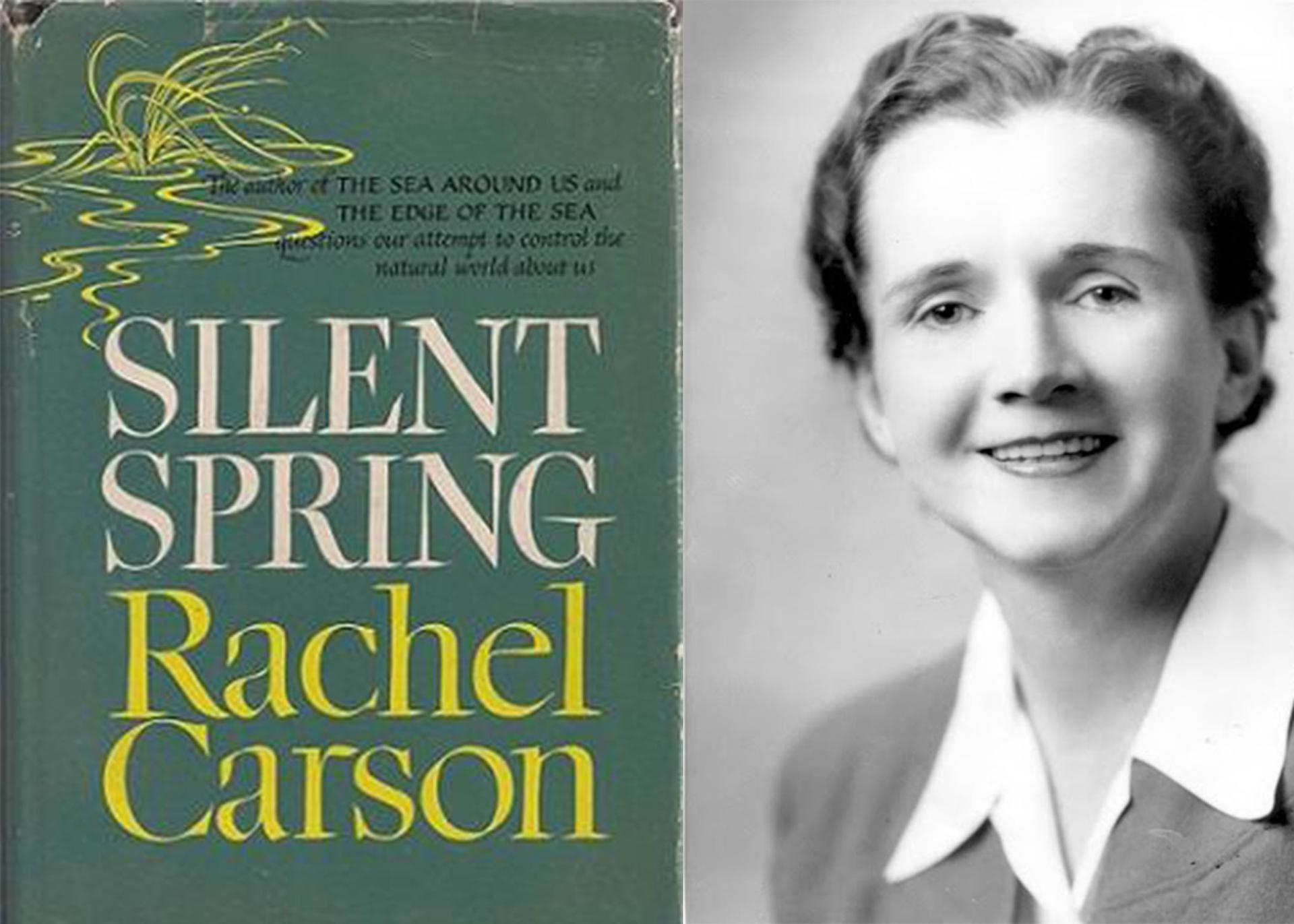
The book appeared in September 1962 and the outcry that followed its publication forced the banning of DDT and spurred revolutionary changes in the laws affecting our air, land, and water. Carson’s book was instrumental in launching the environmental movement.
मेधा पाटकर – नर्मदा बचाव आंदोलन
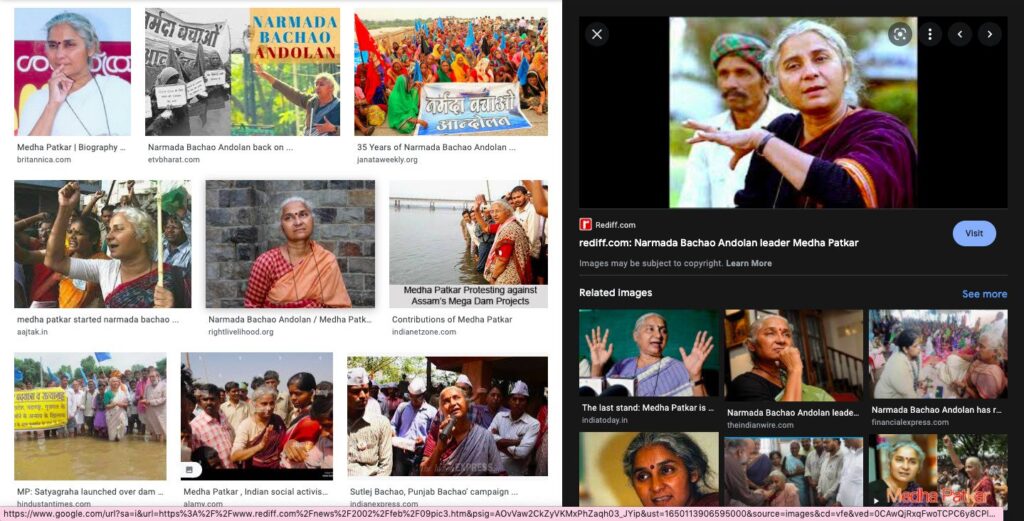
Narmada diary – a documentary film by Anand Patwardhan – Hindi
अण्णा हजारे – माहितीच्या अधिकाराचा कायदा
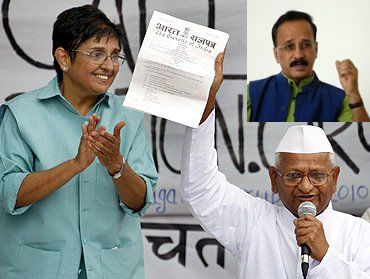
Background
In 2000, a sustained advocacy campaign by social activist Anna Hazare forced the Maharashtra Government to pass the Maharashtra Right to Information Act 2000. However, civil society groups were unhappy with the Act, criticising it for being too weak and demanding that it be replaced with better legislation.
In 2001, the Government formed a committee comprising senior serving and retired bureaucrats, such as former Union Home Secretary Dr Madhav Godbole, eminent jurists and Shri Anna Hazare, to prepare a draft of a Freedom of Information Bill.
Before the Committee could release its draft Bill, the Maharashtra Government repealed the Maharashtra Right to Information Act 2000 and replaced it with theRight to Information Ordinance 2002. The Ordinance was promulgated on 23 September 2002. However, the Ordinance lapsed on 23 January 2003 because, in accordance with Article 213(2) of the Constitution of India, an Ordinance must be converted into an Act within 6 weeks of the commencement of the next session of the Legislative Assembly following the enactment of an Ordinance. In this instance, the Maharashtra Government did not convert the Right to Information Ordinance in the winter session of the Legislative Assembly; hence it lapsed.
Public pressure to enact a law on right to information continued. Consequently, in the budget session of the legislature in March 2003, the Maharashtra Government passed the Maharashtra Right to Information Act which it then sent to the President of India for assent. The Act stalled, as no action was taken for months.
Finally, on 1 August 2003, Anna Hazare wrote a letter to Mr L.K. Advani, the Deputy Prime Minister of India requesting him to advise the Honourable President to give his assent to the Maharashtra Right to Information Act. Failing such action, Sri Hazare warned he would commence a fast unto death. No action was taken, and on 9 August 2003 Anna Hazare started his fast. Within one day, the Government responded. On 10 August 2003, the President of India gave his assent to the Maharashtra Right to Information Act 2002 and on 11 August 2003 the Maharashtra Government notified the Act in the Government Gazette. TheMaharashtra Right to Information Rules, which were initially prepared under the Maharashtra Right to Information Ordinance, are equally applicable to Maharashtra Right to Information Act 2002.
Law
In May 2005, the national Right to Information Act 2005 was passed by Parliament. The RTI Act 2005 received Presidential assent on 15 June and came fully into force on 12 October 2005. (For more information on the passage of the Act and implementation at the national level, click here.) The RTI Act 2005 covers all Central, State and local government bodies and applies to the State of Maharashtra.
The government has issued Right to Information Rules 2005.
Swatantra Party – C. Rajagopalachari
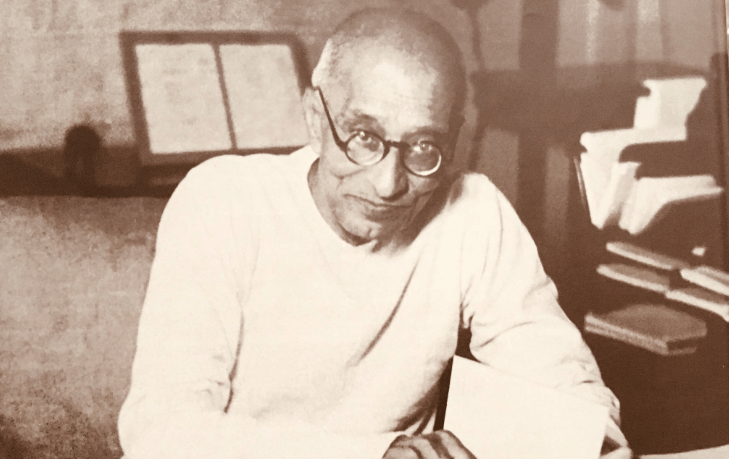
Indian National Congress (Organisation – O)
The Indian National Congress (Organisation) or Congress (O) was a political party in India formed when the Congress party split following the expulsion of Indira Gandhi.
On 12 November 1969, the Prime Minister of India Indira Gandhi was expelled from the Congress party for violating the party discipline. The party finally split with Indira Gandhi setting up a rival organization, which came to be known as Congress (R). In the All India Congress Committee, 446 of its 705 members walked over to Indira’s side. The Indian National Congress (Organisation) was also occasionally informally referred to as the Syndicate and the Indira faction by “Indicate”. K Kamaraj and later Morarji Desai were the leaders of the INC(O).
INC(O) led governments in Bihar under Bhola Paswan Shastri, Karnataka under Veerendra Patil, and in Gujarat under Hitendra K Desai. It was also a part of the Janata Morcha that ruled Gujarat under Babubhai J. Patel from 1975–1976 during the emergency era.
The split can in some ways be seen as a left-wing/right-wing division. Indira wanted to use a populist agenda in order to mobilize popular support for the party. The regional party elites, who formed the INC(O), stood for a more right-wing agenda, and distrusted Soviet help.
In the 1971 general election, the INC(O) won about 10% of the vote and 16 Lok Sabha seats, against 44% of the vote and 352 seats for Indira’s Congress. In March 1977, the party fought the post-Emergency election under the banner of Janata Party.
The Janata Party alliance inflicted crushing defeat to Indira’s Congress Party. Nevertheless, the total vote share of Congress (O) in 1977 was almost halved from 1971 and they lost three seats.[citation needed]. Later the same year, INC(O) formally merged with the Bharatiya Lok Dal, Bharatiya Jan Sangh, Socialist Party of India, Swatantra Party and others to form the Janata Party. Congress (O)’s leader Morarji Desai served as the fourth Prime Minister of India from 1977 to 1979 which was India’s first non-Congress government.
Bombay Chamber of Commerce

Established in 1836, the Bombay Chamber of Commerce and Industry is one of the oldest Chambers in the Country. Bombay Chamber has an illustrious history of 184 years. It is registered under Section 8 of the Companies Act, 2013 (Section 25 of The Companies Act, 1956) a non profit organisation. Chamber has played a significant role in the development of the city. It was largely responsible for the first railway built in India-The Bombay-Thana railway completed in 1853, has representation on the Port Trust, relentless advocacy postal system led to the passing of the India Postage Act of 1854 and standardization of weights and measures, until in 1932, set up machinery for arbitration of commercial disputes in 1880, Established customs of trade.
Maharashtra Chamber of Commerce
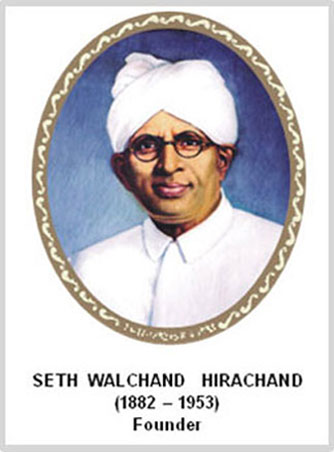
Maharashtra Chamber of Commerce, Industry and Agriculture – MACCIA was established in the year 1927 by the great visionary Industrialist Late Seth Walchand Hirachand with the mission to unite & organize the business class emerging in the pre-independent India.
Indian Merchants Chamber
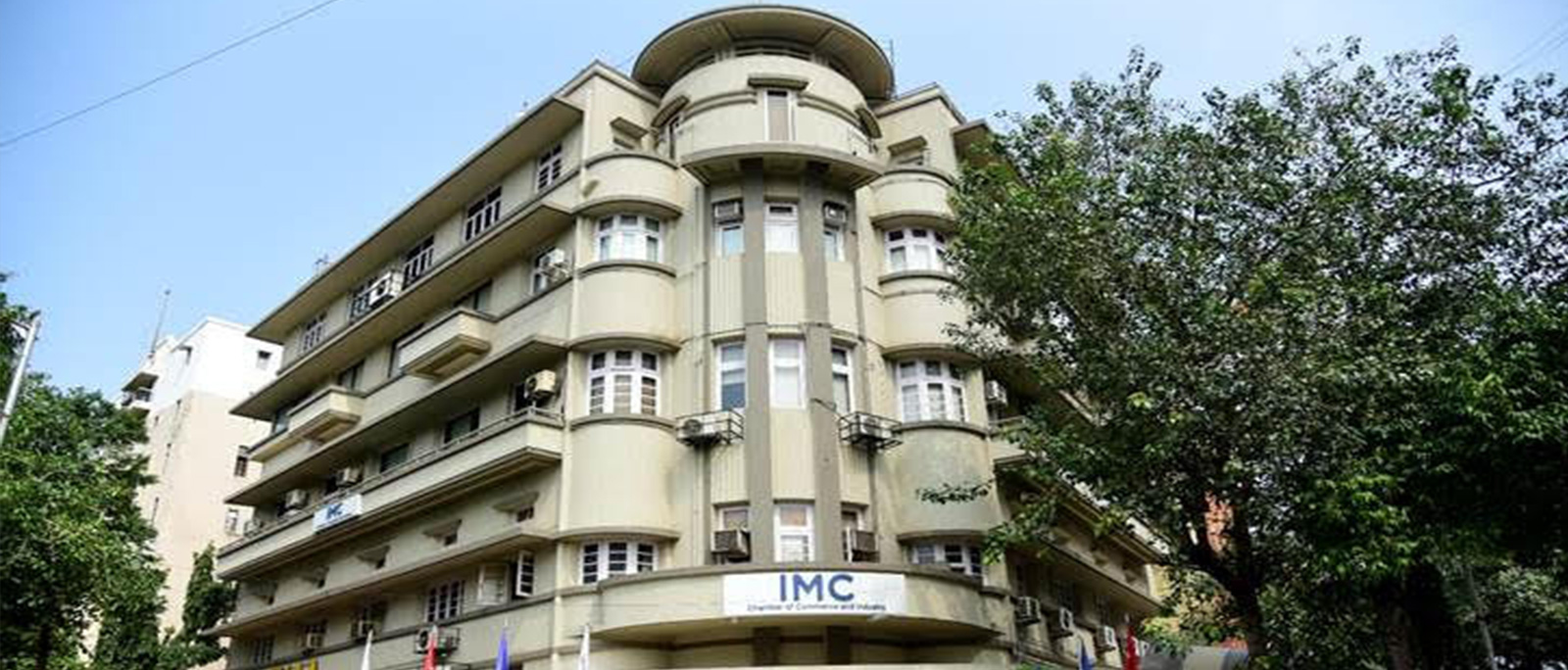
Vidarbha Chamber of Commerce

Maratha Chamber of Commerce

The inception of MCCIA lay in recognising that Maharashtra’s progress depended on the growth of business and industry. To this end, visionaries like A.R. Bhat, W.G. Kale, Dhananjayrao Gadgil, N.C. Kelkar, J.S. Karandikar, Dhondumama Sathe, Rambhau Abyankar, Shreedharpant Apte and B.V. Gharpure came together and established the Mahratta Chamber of Commerce and Industries (MCCI) on 16th March, 1934.
Avadi session of Congress, 1955
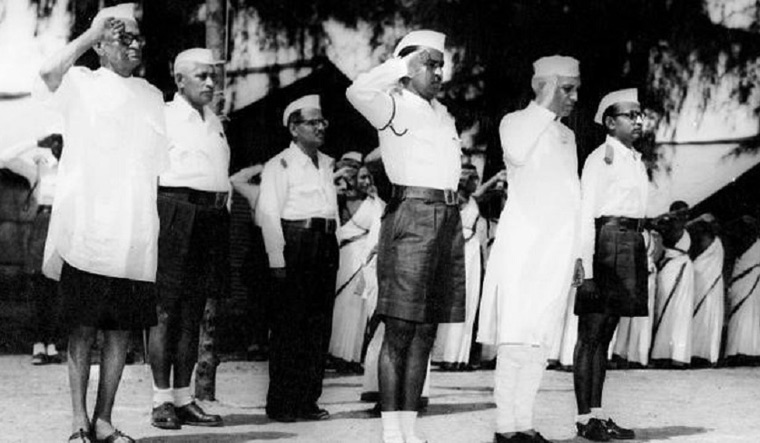
Cooperative Credit Societies Act 1904
सहकारी चळवळीच्या क्षेत्रात महाराष्ट्र नेहमीच सर्वांच्या पुढे राहीला आहे. पश्चिम महाराष्ट्रात सहकार क्षेत्रामुळे मोठी क्रांती झाली. – सेवा सहकारी संस्था – जिल्हा मध्यवर्ती बँक – अनेक प्रकारच्या सहकारी संस्था – राज्य सहकारी बँक – शहरी सहकारी बँका (Urban cooperative banks)
महाराष्ट्रात सहकारी साखर कारखाने – ही मोठी आर्थिक संस्था – एक कारखाना एक आमदार – पश्चिम महाराष्ट्रात – काँग्रेसचे १०० आमदार निश्चित असायचे.
Brief History of Urban Cooperative Banks in India
The term Urban Co-operative Banks (UCBs), though not formally defined, refers to primary cooperative banks located in urban and semi-urban areas. These banks, till 1996, were allowed to lend money only for non-agricultural purposes. This distinction does not hold today. These banks were traditionally centred around communities, localities work place groups. They essentially lent to small borrowers and businesses. Today, their scope of operations has widened considerably.
The origins of the urban cooperative banking movement in India can be traced to the close of nineteenth century when, inspired by the success of the experiments related to the cooperative movement in Britain and the cooperative credit movement in Germany such societies were set up in India. Cooperative societies are based on the principles of cooperation, – mutual help, democratic decision making and open membership. Cooperatives represented a new and alternative approach to organisaton as against proprietary firms, partnership firms and joint stock companies which represent the dominant form of commercial organisation.The Beginnings
The first known mutual aid society in India was probably the �Anyonya Sahakari Mandali� organised in the erstwhile princely State of Baroda in 1889 under the guidance of Vithal Laxman also known as Bhausaheb Kavthekar. Urban co-operative credit societies, in their formative phase came to be organised on a community basis to meet the consumption oriented credit needs of their members. Salary earners� societies inculcating habits of thrift and self help played a significant role in popularising the movement, especially amongst the middle class as well as organized labour. From its origins then to today, the thrust of UCBs, historically, has been to mobilise savings from the middle and low income urban groups and purvey credit to their members – many of which belonged to weaker sections.
The enactment of Cooperative Credit Societies Act, 1904, however, gave the real impetus to the movement. The first urban cooperative credit society was registered in Canjeevaram (Kanjivaram) in the erstwhile Madras province in October, 1904. Amongst the prominent credit societies were the Pioneer Urban in Bombay (November 11, 1905), the No.1 Military Accounts Mutual Help Co-operative Credit Society in Poona (January 9, 1906). Cosmos in Poona (January 18, 1906), Gokak Urban (February 15, 1906) and Belgaum Pioneer (February 23, 1906) in the Belgaum district, the Kanakavli-Math Co-operative Credit Society and the Varavade Weavers� Urban Credit Society (March 13, 1906) in the South Ratnagiri (now Sindhudurg) district. The most prominent amongst the early credit societies was the Bombay Urban Co-operative Credit Society, sponsored by Vithaldas Thackersey and Lallubhai Samaldas established on January 23, 1906..
The Cooperative Credit Societies Act, 1904 was amended in 1912, with a view to broad basing it to enable organisation of non-credit societies. The Maclagan Committee of 1915 was appointed to review their performance and suggest measures for strengthening them. The committee observed that such institutions were eminently suited to cater to the needs of the lower and middle income strata of society and would inculcate the principles of banking amongst the middle classes. The committee also felt that the urban cooperative credit movement was more viable than agricultural credit societies. The recommendations of the Committee went a long way in establishing the urban cooperative credit movement in its own right.
In the present day context, it is of interest to recall that during the banking crisis of 1913-14, when no fewer than 57 joint stock banks collapsed, there was a there was a flight of deposits from joint stock banks to cooperative urban banks. Maclagan Committee chronicled this event thus:
�As a matter of fact, the crisis had a contrary effect, and in most provinces, there was a movement to withdraw deposits from non-cooperatives and place them in cooperative institutions, the distinction between two classes of security being well appreciated and a preference being given to the latter owing partly to the local character and publicity of cooperative institutions but mainly, we think, to the connection of Government with Cooperative movement�.
https://www.rbi.org.in/commonman/English/History/Scripts/Fun_urban.aspx
Pravaranagar cooperative sugar factory
Padmashri Dr. Vitthalrao Vikhe Patil Sahkari Sakhar Karkhana Limited holds the distinction of being the first cooperative sugar mill in Asia. The concept of a sugar factory owned and operated by sugarcane growing farmers was unthinkable. A pioneer made it happen in 1950!
https://pravara.in/trusts/co-op-sugar-factory/

महाराष्ट्रातील राजकीय पक्ष आणि संघटना
भारतीय राष्ट्रीय काँग्रेस – Indian National Congress – राष्ट्रीय सभा
स्थापना २८ डिसेंबर १८८५ – अॅलन ऑक्टोव्हान ह्युम – रानडे – टिळक – दादाभाई नौरोजी – फिरोजशहा मेहता हे सर्व नेते – यांच्या पुढाकाराने काँग्रेस स्थापन – काँग्रेस पक्षाच्या वेबसाईट वरील माहिती
काँग्रेसचे पहिले अधिवेशन मुंबईत
All images and videos related to the Congress party – courtesy – Indian National Congress website
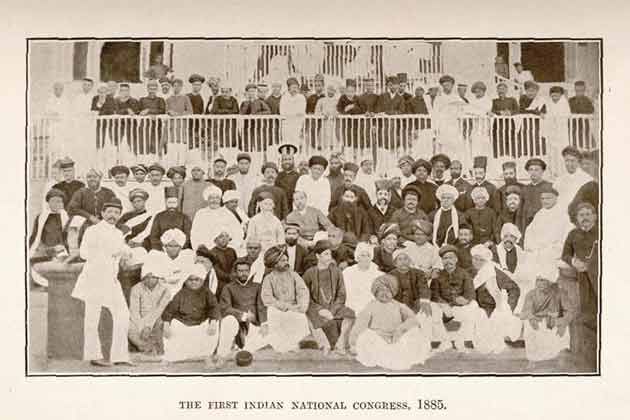
२८ डिसेंबर १९८५ रोजी पंतप्रधान राजीव गांधी यांनी काँग्रस शताब्दी निमीत्त केलेले भाषण

राष्ट्रवादी काँग्रेस – १९९९
Some notes about political parties
मनसे – प्रादेशिक पक्ष – १३ आमदार २००९ च्या विधानसभा निवडणुकीमध्ये



शिवसेना – स्थापना १९६६ – पहिले आमदार वामनराव महाडीक
रिपब्लीकन पार्टी ऑफ इंडीया – ३ ऑक्टोबर १९५७ रोजी स्थापना
शेड्यूल्ड कास्ट्स फेडेरेशनचे रुपांतर RPI मध्ये
भारतीय जनता पक्ष
स्थापना १९८०
शेतकरी कामगार पक्ष
गेल्या पाच विधानसभा निवडणुकांमधील कामगिरी
डावे पक्ष
१९७० – संपूर्ण भारतात जमीन बळकावण्याची मोहीम – पालघरमध्ये प्रजा समाजवादी पक्षातर्फे याप्रकारच्या आंदोलनाची सुरवात
शेतकरी संघटना
शेतकरी संघटनेची आंदोलने
स्थापना १९७९ संस्थापक – शरद जोशी
१९७८ चाकण येथिल पहिले कांदा आंदोलन
१९७९ वारकरी साप्ताहिक सुरु
१९८० पुन्हा कांदा आंदोलन
१९८० निफाड ऊस आंदोलन
१९८१ निपाणी येथे तंबाखू आंदोलन
१९८३ शेतकरी संघटक हे पाक्षिक सुरु
१६ नोव्हेंबर १९८३ विठोबाला साकडे – पंढरपूर येथे आंदोलन
इंडीया विरुद्ध भारत
गायी-म्हशींचा मोर्चा – धुळे
चांदवडची शिदोरी – स्त्रियांचा प्रश्न – श्री. शरद जोशी यांनी लिहीलेली पुस्तिका
१९९४ मध्ये स्वतंत्र भारत पक्षाची स्थापना
राजीववस्त्र आंदोलन १९८५
१९८० चे दशक दोन शरदांचे दशक – शरद जोशी आणि शरद पवार
पंतप्रधान व्ही. पी. सिंग यांनी श्री. शरद जोशी यांना कृषी मूल्य आयोगावर नियुक्त केले होते. Agricultural Prices Commission
स्वाभिमानी शेतकरी संघटना
श्रमजीवी संघटना – ठाणे, पालघर – विवेक आणि विद्द्लता पंडीत
२०११ जनगणना – महाराष्ट्रातील आदिवासी लोकसंख्या – ९.३५ %
ठाणे-पालघरमध्ये मुख्यतः वारल्यांचे वास्तव्य
सह्याद्रीच्या पर्वतरांगांमध्ये
माडीया-गोंड – चंद्रपूर-गडचिरोली
नागरी समाज – Civil Society
नागरी समाजाचे सदस्यत्व ऐच्छिक स्वरुपाचे
लोकशाही प्रस्थापित करणे, विकसित करणे आणि जनमानसात रुजवणे हे नागरी समाजाचे प्रमुख वैशिष्ट्य
कल्याणकारी राज्याची संकल्पना – आधुनिक उदारमतवादाच्या विचारप्रणालीतून पुढे आली.
![]()
